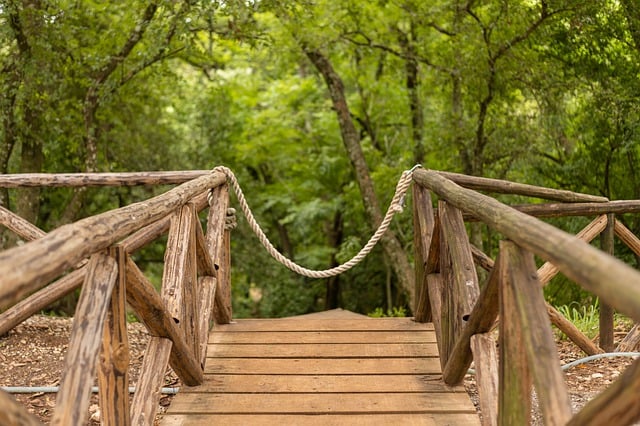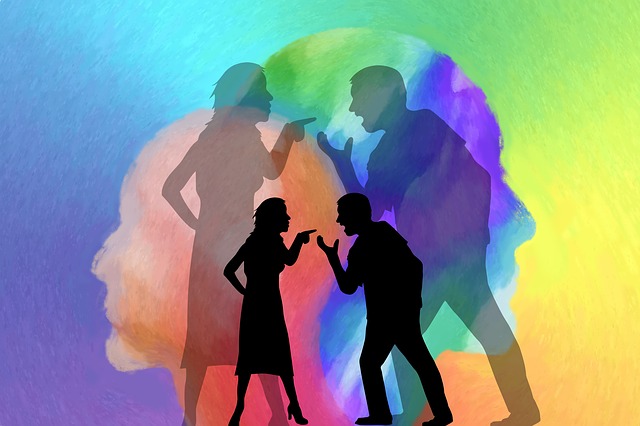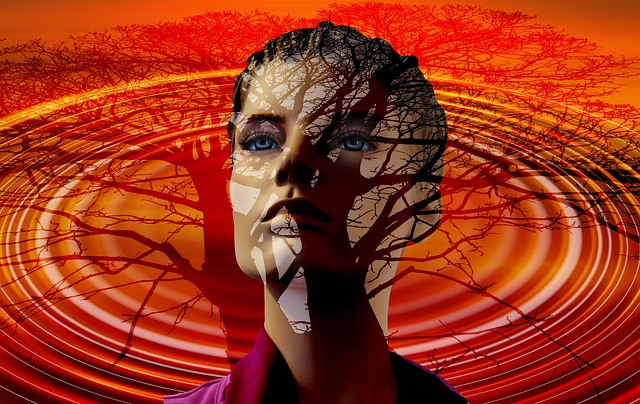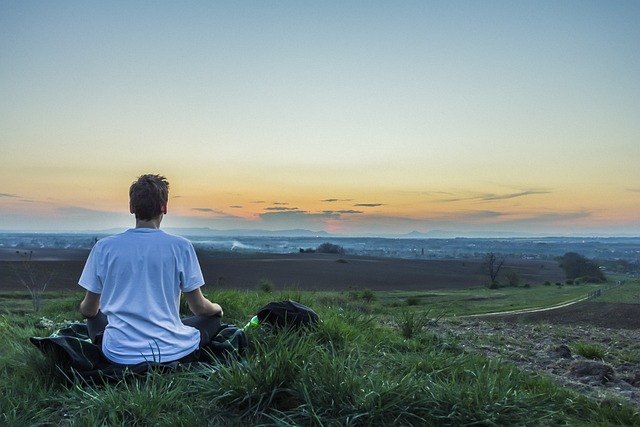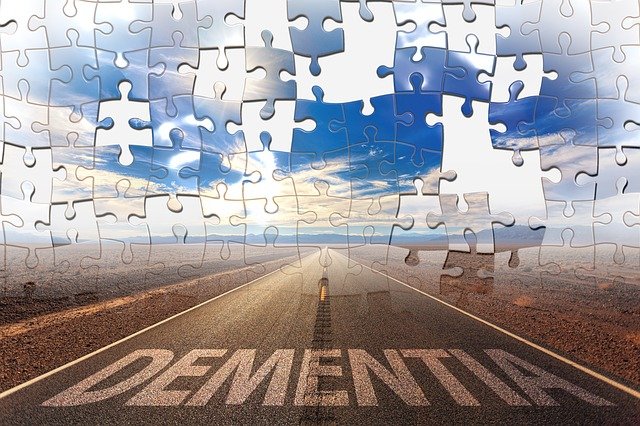Many writers and podcasters highlight the challenges involved in life transitions. Some focus on specific transitions such as aging, menopause for women, or transitions precipitated by organisational change. Their discussions frequently highlight the need to reframe specific transitions such as aging or job loss as periods of growth and creativity rather than decline – this means changing our mindset and our narrative about these transitional periods. As William and Susan Bridges point out in their book, Managing Transitions: Making the Most of Change, many people become stuck in the “endings” phase of transitions because they focus solely on what is being lost, rather than appreciating the potentiality of “new beginnings”.
Bruce Feiler, in his TED Talk©, The Secret to Mastering Life’s Transitions, contends that one of the core problems people have in managing life’s transitions is that they have a linear mindset, a perception that life is always “onwards and upwards” with a predictable forward-moving pattern – schooling, job, home purchase, marriage, and children, and career promotion. We are thus ill-prepared for “setbacks” or deviations that occur through job loss, ill-health, loss of a partner, or physical disability. Bruce, who was diagnosed with cancer when he was a new father of twin girls, suggests that when we are “side-tracked” or things go “offtrack”, we can feel as though we are “living life out of order” – living a life that is totally unexpected. In his TED Talk© and his book, Life is in the Transitions: Mastering Change at any Age, Bruce maintains that life is a series of “disruptors” and some of these are “lifequakes” that involve massive change and demand managing the transition to a new state.
The role of storytelling in managing life transitions
Bruce, along with many other writers, podcasters and public speakers, offers tips for managing life transitions that we encounter. He maintains that a key to transition is to explore our “life story” – this is the narrative we create about our own life. The solution to mastering transitions is often in our own narrative – false assumptions, self-deceits, delusions or denials (e.g. “it can’t happen to me”!). Bruce maintains that a life transition, especially a “lifequake”, is an invitation to “revisit, rewrite and retell our life story”. He offers a catalyst for this process through his Life Story Online Interview which provides an interactive form for reflection on, and recording of, our personal narrative. Bruce’s insights on life transitions have been gained through his own life experiences as well as through over 1,000 interviews with people about their life story.
Jon DeWaal, in his TED Talk©, Two Factors that Make or Break Every Messy Life Transition, stresses the need, when exploring our life story and the associated narrative, to adopt two practices to ensure that the exploration leads to a constructive outcome. Firstly, he contends that we need to be honest with ourselves – to own up to our own part in contributing to our side track or offtrack experience. This requires deep reflection, total honesty, self-awareness and avoidance of the tendency to blame others rather than look at ourselves. Associated with this is what he calls “community support” – not the gentle, warm kind that confirms our invalid self-assessment, but the kind that offers “supportive challenge” which makes us confront our weaknesses, unfounded assumptions or persistent mistakes/oversight. Jon is a learning facilitator and life transition guide at Liminal Space – a team of transition experts who can help us grow and thrive through difficult transitions. Jon is also the creator of the podcast, Life Through Transitions, drawing ideas and inspiration from interviewees who have been able to make life’s “formative transitions” into opportunities for personal transformation.
Dr. Annie Brewster, MD, and journalist Rachel Zimmerman, in their book, The Healing Power of Storytelling, focus on the personal narrative as a way to “navigate illness, trauma and loss”. Annie shares her own life experiences and transitions and, together with her co-author, offers specific guidance in the process of using storytelling for healing. She is also the founder of the Healing Story Collaborative which provides shared stories and resources through a collaborative blog – processes that are open to anyone to engage with personal storytelling for the purpose of healing.
Reflection
We are continuously controlled by the narrative in our head and this is particularly true in times of significant life transitions. We can become embroiled in negative self-stories, get stuck in the endings phase or be blind to the creative options open to us in a life transition. We need to break this destructive cycle especially when confronted with what Bruce describes as a “lifequake”.
Using reflective storytelling, meditation and other related practices enables us to grow in mindfulness and can help us to increase our self-awareness and insight, to have the courage to move beyond our “comfort zone” and to creatively explore options to manage difficult life transitions and move forward to a new personal identity and reality.
________________________________
Image by Cristhian Adame from Pixabay
By Ron Passfield – Copyright (Creative Commons license, Attribution–Non Commercial–No Derivatives)
Disclosure: If you purchase a product through this site, I may earn a commission which will help to pay for the site, the associated Meetup group, and the resources to support the blog.
